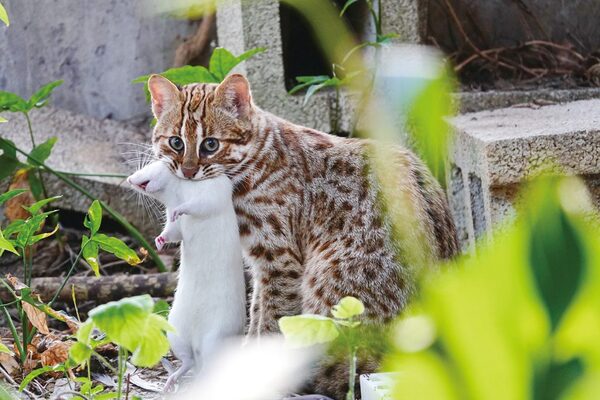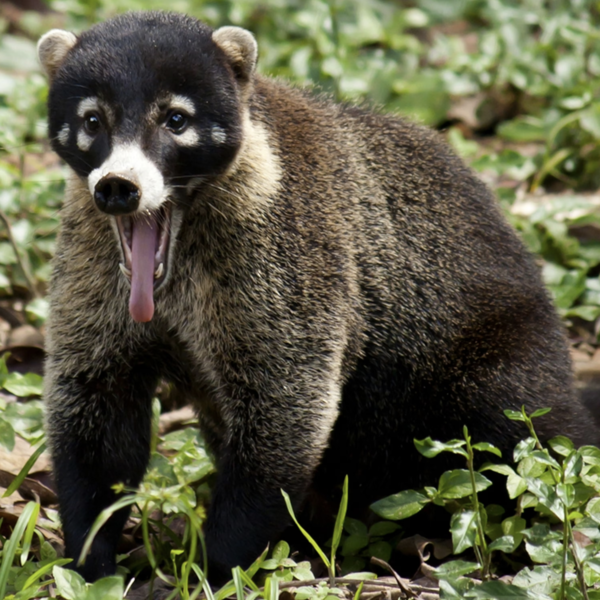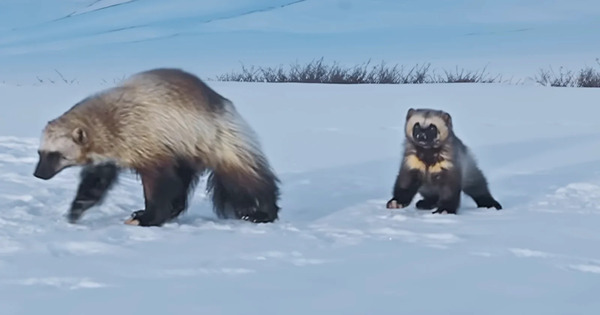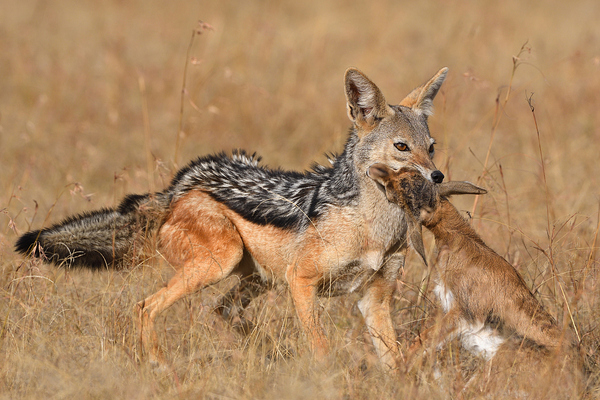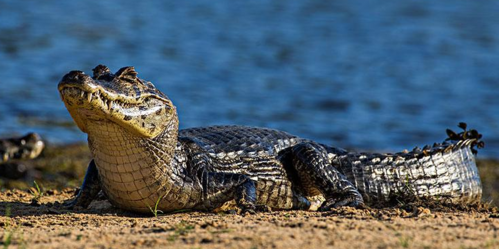Galictis vittata
IUCN
LCBasic Information
Scientific classification
- name:Galictis vittata
- Scientific Name:Galictis vittata,Greater nest weasel, South American weasel
- Outline:Carnivora
- Family:mustelidae genus
Vital signs
- length:45-60cm
- Weight:1.5-3.8kg
- lifetime:10-12years
Feature
It looks quite similar to the honey badger that everyone is familiar with.
Distribution and Habitat
It is a species of weasel of Central and South America, found from southern Mexico to Brazil and Bolivia, inhabiting savannas and rainforests near rivers.
Appearance
The Great Nest Weasel has a slender body, a long neck and a short tail. The back, sides, top of the head and tail are all grayish white, while the rest of the body is black-gray. It has five webbed toes, each with a sharp curved claw at the end.
The Great Nest Weasel has a flat and broad head, short and round ears, and dark brown eyes. A narrow white stripe extends from the forehead to the shoulder.
Details
The scientific name of the Great Nest Weasel is Galictis vittata. The Great Nest Weasel is territorial and nocturnal, and is sometimes active in the morning. It can climb trees and swim, but rarely does it and spends most of its time on the ground. They live alone or in pairs and mainly eat small vertebrates, such as fish, amphibians, birds and other mammals.
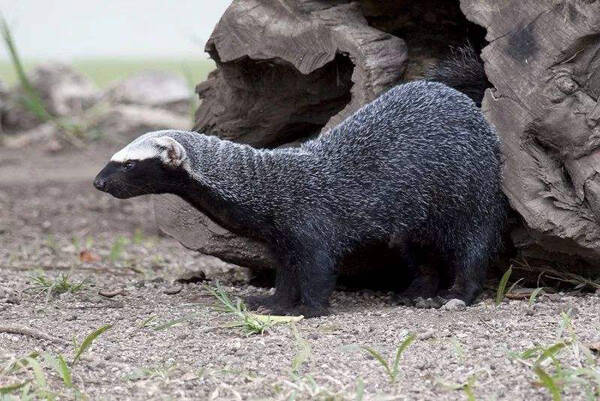
The breeding season of large nest ferrets is from April to September. The female gestation period is about 40 days, and the newborn cubs weigh about 50 grams. They will not open their eyes until 2 weeks later, and can eat solid food after 3 weeks. After 4 months, their body size will increase. Similar to an adult large nesting weasel.
Protect wild animals and eliminate wild game.
Maintaining ecological balance is everyone’s responsibility!

